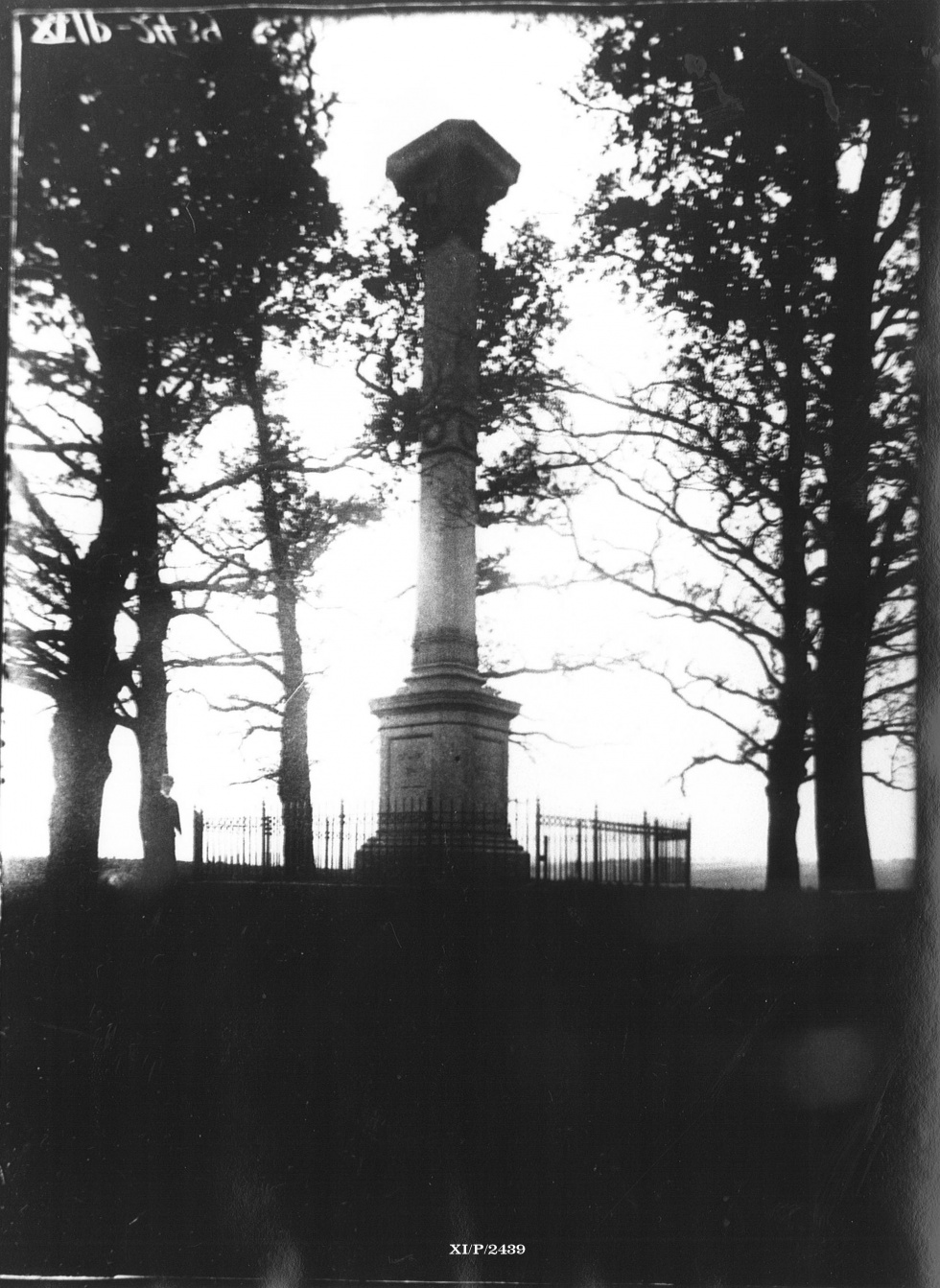Aufnahmen des Schubart-Denkmals in Würchwitz.
Erstmals wird Würchwitz unter dem Namen wirwicg, im Volksmund bis heute Wärchts, erwähnt. Bischof Udo I. schenkte 1147 dem Kollegiatstift 8,5 Hufen Land.
Im Jahre 1769 kaufte Johann Christian Schubart das Rittergut Würchwitz. Die finanziellen Mittel dafür bekam er durch die Heirat mit der fünfzehn Jahre jüngeren Christine Karoline Mittler, Tochter eines reichen Leipziger Kaufmanns. Das Gut war ein Lehen des Stiftes Naumburg und hatte nach der Stiftsordnung von 1673 Sitz und Stimme im Gerichtstage sowie eigene Gerichte.
Schubart, 1784 als Ritter vom Kleefeld geadelt, gilt auf dem Gebiet der Landwirtschaft (Nachhaltiger Förderer des Kleeanbaus, Begründer des Grünfutters und Einführer der Sommerstallfütterung für ganz Deutschland) als Reformator. Zu seinem Andenken ließen die Landwirte von Würchwitz am 19. Juni 1851 auf einer Anhöhe, dem Kleeberg, die Schubartsäule errichten. Noch heute wird ihm zu Ehren jedes Jahr das Kleefest gefeiert.
en

